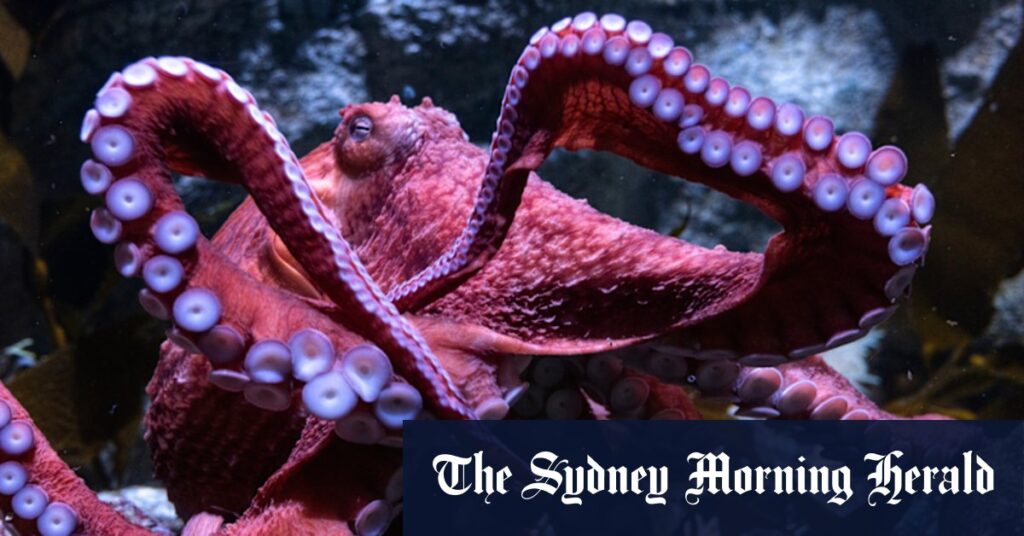
WASHINGTON: While humans are often categorized as right-handed or left-handed, octopuses exhibit no such preference for a dominant arm. However, recent research has revealed that these fascinating creatures tend to favor their front arms for certain tasks. This discovery sheds light on the complex behaviors of octopuses, which have long intrigued marine biologists.
Scientists conducted a detailed analysis of short video clips capturing wild octopuses engaged in various activities such as crawling, swimming, standing, fetching, and groping. The study aimed to understand the movement patterns of each of the octopus’s eight arms.
“All of the arms can do all of this stuff – that’s really amazing,” said co-author and marine biologist Roger Hanlon of the Marine Biological Laboratory in Woods Hole, Massachusetts.
Unlike mammalian limbs, octopus limbs are not specialized. Yet, the study found that the three octopus species observed showed a clear preference for using their four front arms approximately 60 percent of the time. The rear arms, on the other hand, were more frequently employed for stilting and rolling, which assist in moving the octopus forward.
“The forward arms do most of the exploring, the rear arms are mostly for walking,” explained Mike Vecchione, a zoologist at the Smithsonian National Museum of Natural History, who was not involved in the study.
Insights from the Ocean
The research involved analyzing video footage collected between 2007 and 2015 in the Atlantic Ocean and the Caribbean Sea. This marks the first extensive study to examine precise limb actions of octopuses in their natural habitats.
Previous studies have primarily focused on octopus behavior in laboratory settings, where findings suggested a preference for right or left arms. However, the new research indicates that in the wild, octopuses do not exhibit such preferences.
The results of this groundbreaking study were published on Thursday in Scientific Reports.
“I’m in awe that the researchers managed to do this,” commented Janet Voight, an octopus biologist at the Field Museum of Natural History in Chicago, who was not part of the study.
The Elusive Nature of Octopuses
Octopuses are known for their shy and elusive nature. The species involved in the study spend much of their time hidden in dens, making the task of filming them a challenge requiring years of patience and perseverance.
Each octopus arm is a marvel of complexity, used for both mobility and environmental sensing. With 100 to 200 suckers per arm, these limbs are equipped with sensory organs comparable to the human nose, lips, and tongue, according to Hanlon.
“When you’ve got eight arms and they’re all capable,” Hanlon noted, “there’s a lot of redundancy.”
Looking Ahead
As researchers continue to explore the behaviors of these enigmatic creatures, the study’s findings open new avenues for understanding the adaptive strategies of octopuses. Their ability to use multiple arms interchangeably highlights an evolutionary advantage, particularly in environments where losing an arm to predators is a common occurrence.
The Associated Press Health and Science Department, supported by the Howard Hughes Medical Institute’s Department of Science Education and the Robert Wood Johnson Foundation, underscores the importance of continued research in this field. The AP remains solely responsible for the content of this report.
For those interested in staying informed about the latest scientific discoveries and analyses, consider subscribing to our Morning Edition newsletter for a daily summary of the most important stories.







